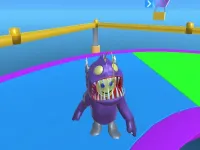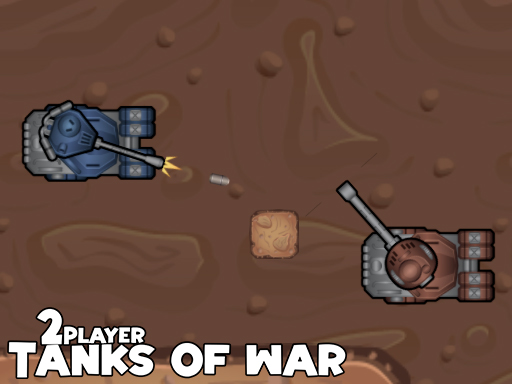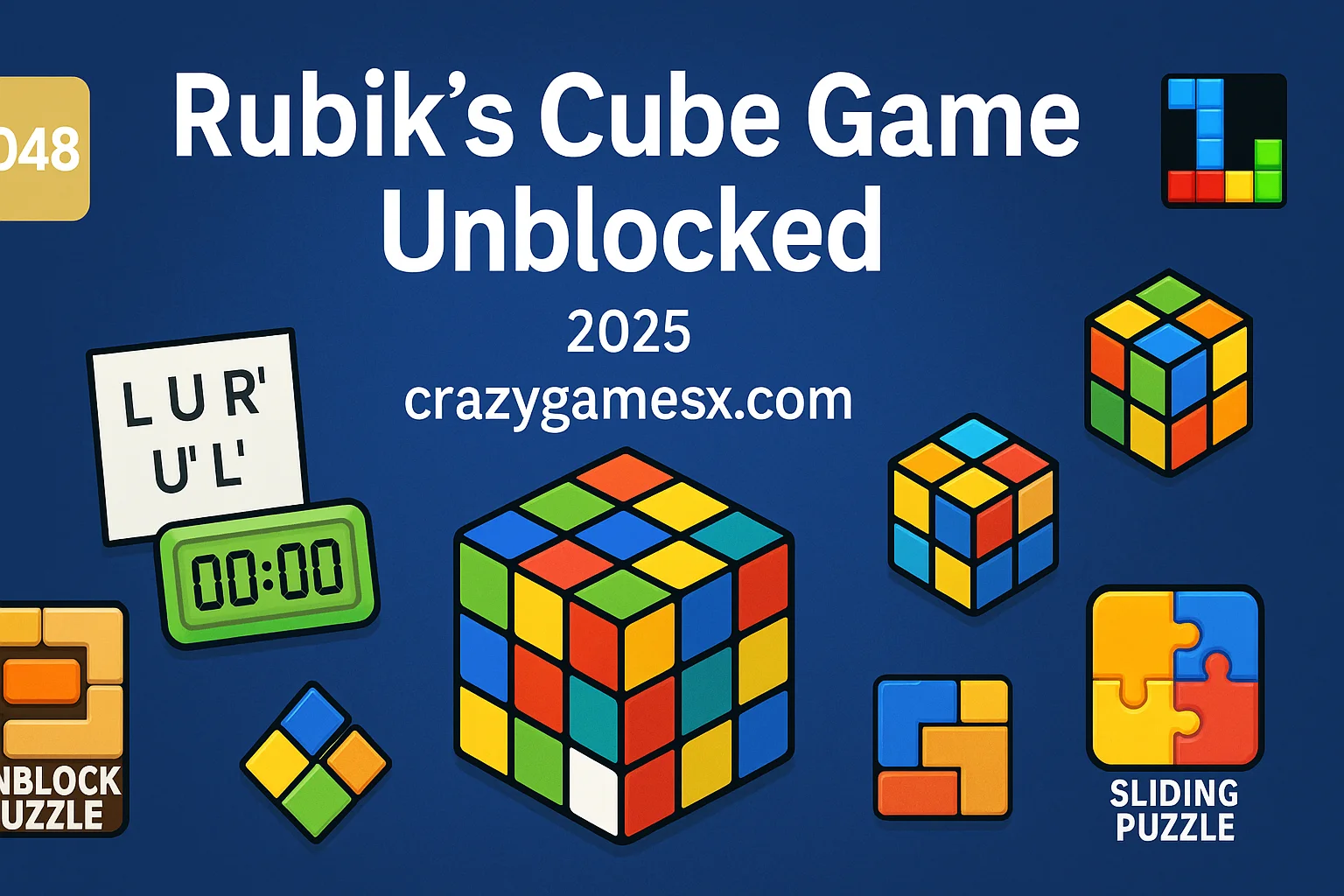Looking for a clean, no-nonsense way to solve and speedrun a rubik's cube game in your browser? You can launch it instantly here: play the rubik's cube game. If you’re new to the puzzle, the classic 3×3 cube’s history and mechanics are neatly summarized on Rubik’s Cube, which explains layer-by-layer methods, notation, and why certain algorithms work. In this web version, you get smooth rotation, easy scrambles, and timer-ready vibes without installs or logins. It’s friendly for classrooms, offices, library PCs, and low-spec laptops, so you can practice F2L, last-layer algs, and finger tricks anywhere. Whether you’re a beginner learning notation or you’re grinding sub-20 solves, this rubik's cube game keeps it simple, fast, and accessible.
🟩 rubik's cube game Free Unblocked On Chromebook
Chromebooks thrive on lightweight web apps, and this rubik's cube game fits perfectly. It opens fast, runs steady in the browser, and doesn’t need any extensions or downloads. Use trackpad gestures or a mouse for precise cube rotations, then scramble and start your solve with a single click. Since school networks can be strict, the game is designed to be classroom-friendly and resource-light, so it won’t choke older devices. If you’re training on breaks, flip on the in-game timer and track PBs between classes. Pair this with your favorite LL algorithms and you’ll see real improvement. Pro tip: zoom the page to 110 percent for a bigger cube without sacrificing clarity. For clean practice sessions, mute sounds, set a neutral background, and focus on consistent cross solutions. It’s all the speedcubing reps, none of the friction.
🎯 rubik's cube game Training And Bot Features
This rubik's cube game leans into practice flow. Expect an instant scramble button, optional solve timer, and clean visual cues for layer alignment. Some builds include hint overlays that highlight target pieces, so beginners can see where edges and corners should land during layer-by-layer solves. Advanced users can ignore hints and rely on their F2L and OLL/PLL muscle memory. A “reset” is one click away, which is perfect for drilling the same step repeatedly until it’s automatic. Need structured drills? Do ten cross solves in a row, then switch to F2L pair insertion from random states. If the game offers step-by-step assist, treat it like a coach: enable hints only when you’re stuck, then turn them off to cement patterns. Over time, your recognition gets snappier and your turns get cleaner. That’s how you turn casual practice into consistent PB improvements.
🚀 rubik's cube game Early Game Gameplay
Early game equals your cross and first pairs. In this rubik's cube game, start by scanning the scramble for an efficient cross that preserves F2L pieces. Aim for solutions under eight moves and try to plan at least one F2L pair during inspection. Rotate the cube minimally: stick to controlled quarter-turns, keep your viewing angle stable, and avoid over-spinning. If the interface offers face highlighting, use it only to confirm orientation, not as a crutch. Drill white-cross or color-neutral approaches depending on your goals; color-neutral solvers adapt faster to messy scrambles. After the cross locks, push straight into pair insertions without regrips. Practice finishing the first two layers without pausing the timer. The rubik's cube game rewards rhythm: low TPS but zero pauses often beats frantic turning. Nail this phase and your endgame suddenly feels way easier.
♿ About rubik's cube game Accessibility
Accessibility matters, and this rubik's cube game keeps things readable and controllable. High-contrast stickers boost piece recognition for low-vision players, while simple backgrounds reduce distraction. If your hands tire easily, lower the turn sensitivity or rely on click-to-rotate controls instead of drag. Keyboard inputs can be friendlier for some users, letting you trigger quarter-turns with reliable precision. Sound toggles keep classrooms and libraries quiet. Tooltips and notation labels help new players map R U R' U' patterns to actual moves. If the cube looks small on your screen, adjust browser zoom or switch to full-screen mode to reduce eye strain. Consistent UI layout means fewer misclicks, fewer regrips, and cleaner solves. Bottom line: the puzzle is hard enough. The interface should make it easier, not harder, to practice and improve.
🧪 How to Play rubik's cube game Practice
Make practice deliberate. In this rubik's cube game, split sessions: 10 minutes of cross drills, 15 of F2L, 10 of last-layer recognition. For cross: generate scrambles and solve with a strict move cap. For F2L: scramble lightly and set up common cases, then insert from multiple angles to reduce cube rotations. For OLL/PLL: pick five algs, repeat each 10 times slowly, then 10 times at speed. Use the built-in timer to measure sets, not just single PBs. Track average of five and average of twelve to see real progress. If you plateau, switch focus: try color-neutral warmups or left-hand-only inserts to strengthen weak links. End every session with three full solves where you prioritize smoothness over speed. That consistency transfers to race conditions and helps you stay calm when the last-layer gets spicy.
📷 Camera Controls rubik's cube game
Your camera control is your third hand. In this rubik's cube game, keep the cube slightly tilted so top and front faces stay visible for edge tracking. Avoid constant spinning; instead, set a default viewing angle that lets you recognize F2L cases without extra turns. If there’s a sensitivity slider, tune it so a small drag equals a quarter turn of view, not a wild spin. Use quick taps to nudge the perspective before inserts, then lock back to neutral. Keyboard-first? Map a couple of orientation keys to snap the cube to common angles. The goal is predictable visibility, not fancy cinematics. With disciplined camera habits, you’ll reduce recognition time, cut useless rotations, and maintain flow from cross to last layer. Good camera equals fewer surprises, and fewer surprises equals faster, calmer solves.
⚙️ FPS Boost Tips for rubik's cube game
Even a simple rubik's cube game benefits from stable frames. Close extra tabs, kill background video, and disable heavy extensions. If your laptop is struggling, set browser hardware acceleration on and cap your display to 60 Hz for consistency. Reduce any fancy post-processing or sticker shine effects if the game offers toggles. On Chromebooks and library PCs, keep the window size moderate; full-screen can sometimes push integrated graphics harder than necessary. Use a wired mouse for steadier drags and fewer input hiccups. If you’re logging solves, keep the stats panel open but minimal to reduce redraws. Performance isn’t about maxing visuals; it’s about keeping your timing steady so your finger tricks and recognition stay crisp. Smooth performance makes practicing algs way less annoying and keeps your focus on the cube, not the computer.
❓ Controls FAQ
How do I rotate faces cleanly? Use short, deliberate drags or bind keys to U, R, L, F, B, D equivalents where supported.
Can I undo a bad turn? Most versions let you step back; use undo for learning, but avoid relying on it mid-solve.
Is there a built-in timer? Many builds include it. Start on scramble or tap space to begin.
How do I reset? Hit reset or generate a fresh scramble instantly.
Can I change sticker colors? If customization exists, pick high-contrast shades for faster recognition.
Does it support notation labels? Beginners can enable move hints to learn R U R' U' patterns.
Touch vs mouse? Touch is fine for casual play; mouse or keys are better for consistent times.
🧩 rubik's cube game New Modes
Some versions of the rubik's cube game add spicy variants to keep practice fresh. Expect different sizes like 2×2 for pure last-layer training or 4×4 to test parity recognition. A timed “sprint” mode pushes you to finish under a set clock, while “relax” mode removes timers for technique work. Daily scrambles give everyone the same seed so you can compare averages with friends. You might also see mirror or color-blind friendly sticker sets for variety and accessibility. If there’s a challenge ladder, climb it by submitting verified times and improving your averages of five and twelve. Modes aren’t just content—they’re training structures that prevent burnout. Rotate through them across the week so your cross, F2L, and last-layer all improve together without overtraining a single skill.
🛠️ Troubleshooting Quick Fixes
Cube won’t rotate? Click inside the canvas first; some browsers block input until it’s focused.
Lag or stutter? Close heavy tabs, toggle hardware acceleration, and reduce window size.
Mouse drift on turns? Lower sensitivity in settings and use shorter drags.
Weird colors or low contrast? Switch to high-contrast stickers in options.
Timer not starting? Check input focus or rebind the start key.
Controls feel reversed? Invert axis settings until rotations match your mental model.
Progress not saving? If the game uses local storage, avoid private mode and don’t clear site data between sessions.
Dial these in and your rubik's cube game sessions will feel locked, smooth, and ready for PBs.










































